Transportation guidelines
We have developed and updated transportation policy, planning and design guidelines for various national agencies. These have generally involved identifying and adapting best-practice international guidance to provide cutting-edge guidance for the industry. We are also heavily involved in formal trials and other operational research regarding new and innovative traffic devices and layouts. This expertise also feeds into the guidance we pass on in our industry training. Examples of these guidelines include:

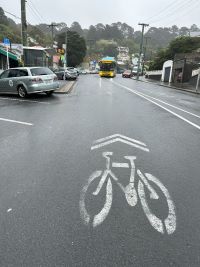 Let's Get Wellington Moving engaged ViaStrada to undertake several safe system audits of proposed corridor and intersection upgrades around Wellington City, with a particular focus on safer multi-modal journeys.
Let's Get Wellington Moving engaged ViaStrada to undertake several safe system audits of proposed corridor and intersection upgrades around Wellington City, with a particular focus on safer multi-modal journeys. ViaStrada staff augmented their extensive experience using and designing cycle parking with a literature review of European guidance, the Australian standard (which has substantial gaps), and the very lengthy Austroads guidance. The resulting guide is a concise how-to for architects, engineers and planners
ViaStrada staff augmented their extensive experience using and designing cycle parking with a literature review of European guidance, the Australian standard (which has substantial gaps), and the very lengthy Austroads guidance. The resulting guide is a concise how-to for architects, engineers and planners 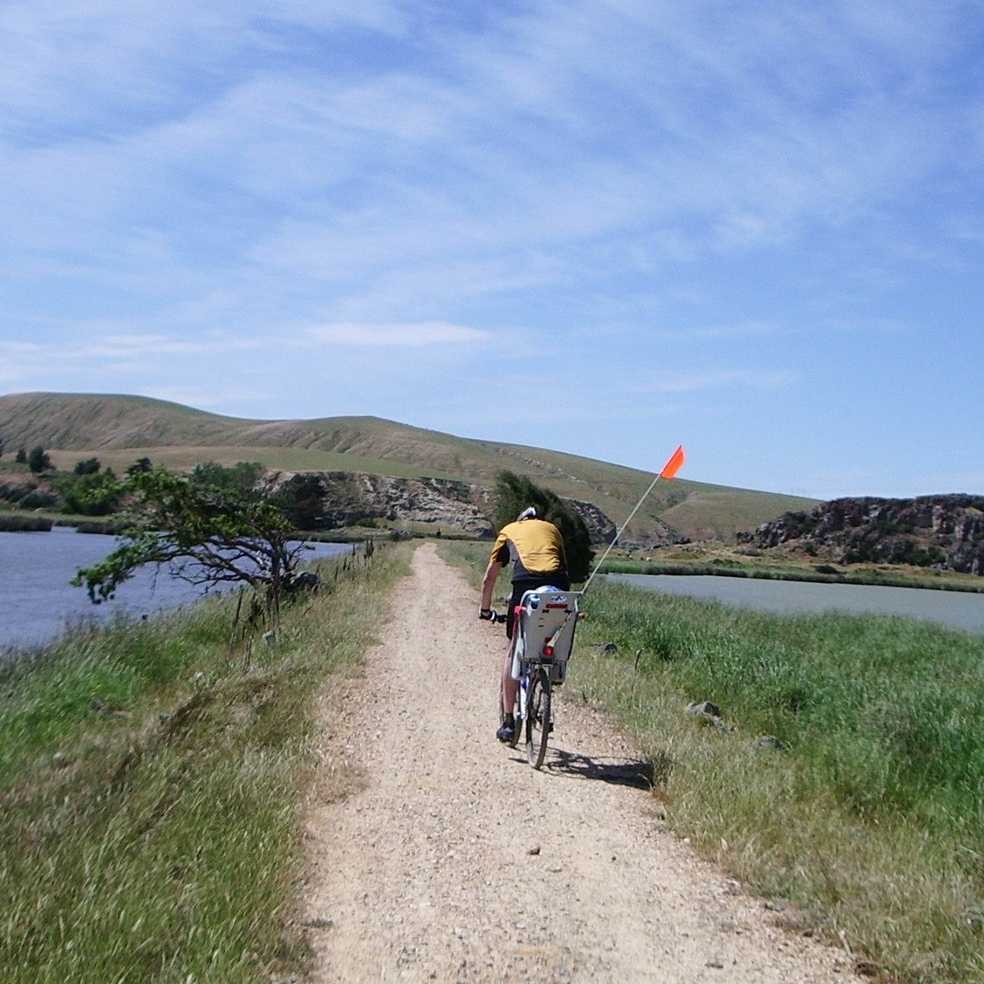
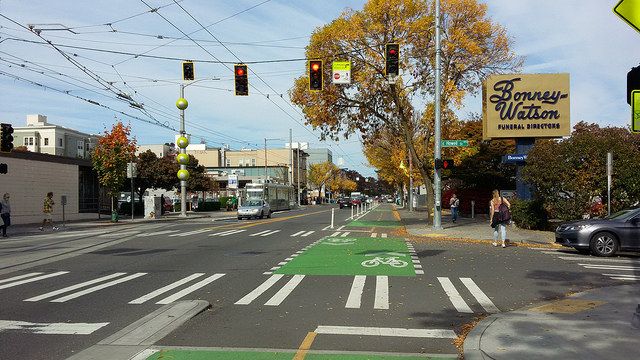 In 2016, the IPENZ Transportation Group committee granted their annual study award to two members,
In 2016, the IPENZ Transportation Group committee granted their annual study award to two members, 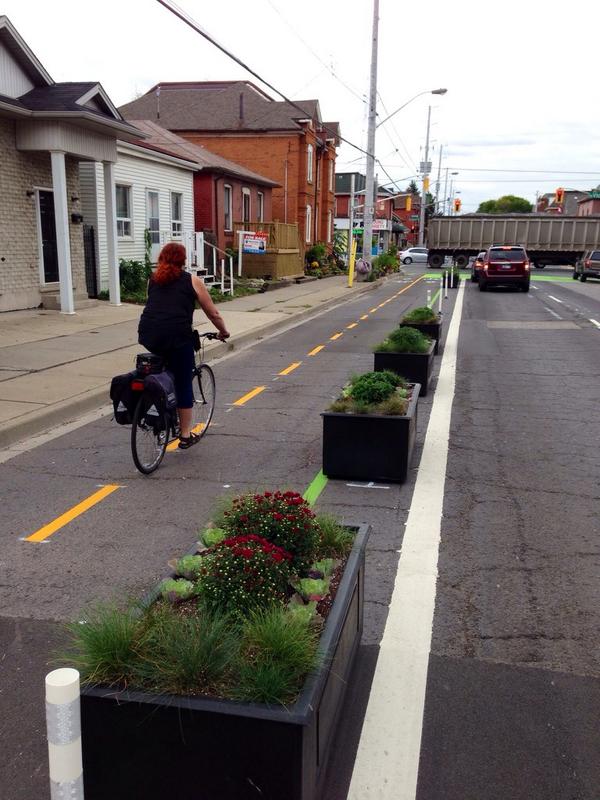 ViaStrada was commissioned to undertake an investigation of possible separation devices for protected pathways that are intended to be "temporary" (i.e. a lifespan of 3 to 5 years before more substantive facilities are introduced). ViaStrada defined several criteria: temporary; level of service for people who cycle; attractive in appearance; and high value for money for ratepayers. A number of devices were identified and assessed according to these criteria, with recommendations and possible applications outlined in a report.
ViaStrada was commissioned to undertake an investigation of possible separation devices for protected pathways that are intended to be "temporary" (i.e. a lifespan of 3 to 5 years before more substantive facilities are introduced). ViaStrada defined several criteria: temporary; level of service for people who cycle; attractive in appearance; and high value for money for ratepayers. A number of devices were identified and assessed according to these criteria, with recommendations and possible applications outlined in a report.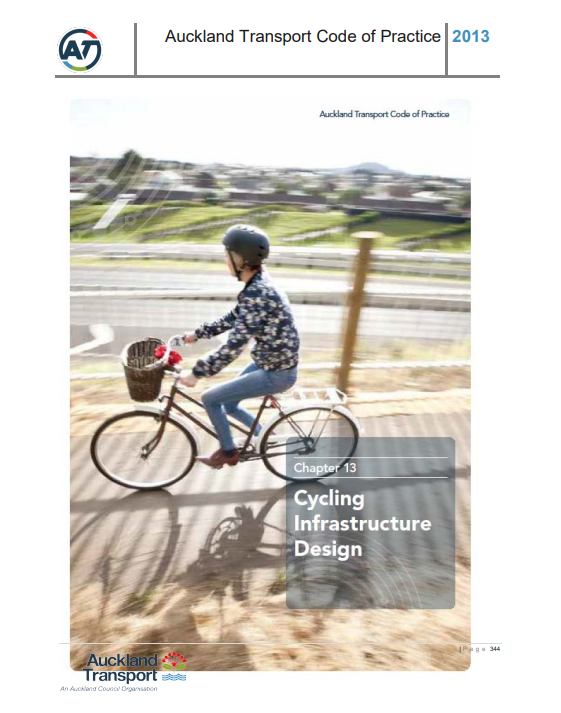 Auckland Transport commissioned ViaStrada to develop the cycling-related content for the region-wide Code of Practice.
Auckland Transport commissioned ViaStrada to develop the cycling-related content for the region-wide Code of Practice.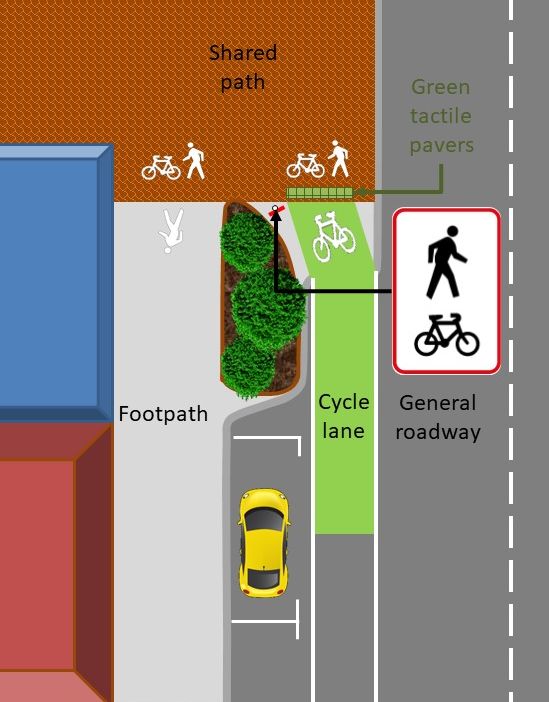 The NZ Transport Agency entrusted ViaStrada with a review of all cycling-related signs and markings in New Zealand to determine whether current legislation and supporting traffic control devices meet the needs of road controlling authorities and road users.
The NZ Transport Agency entrusted ViaStrada with a review of all cycling-related signs and markings in New Zealand to determine whether current legislation and supporting traffic control devices meet the needs of road controlling authorities and road users.